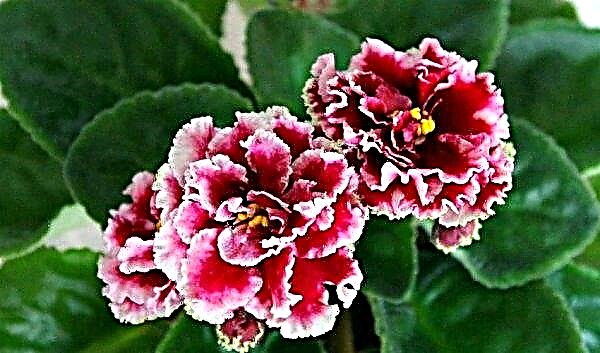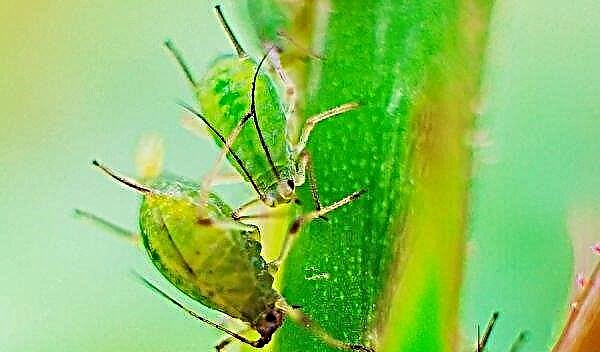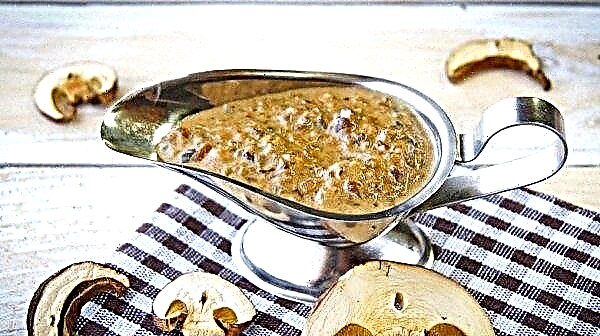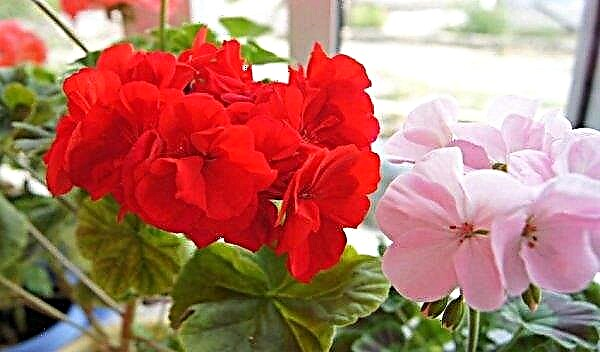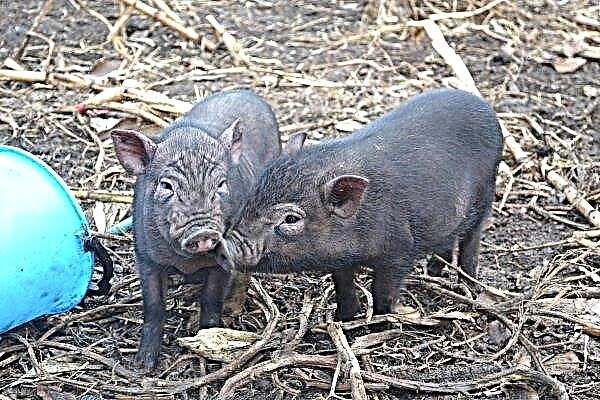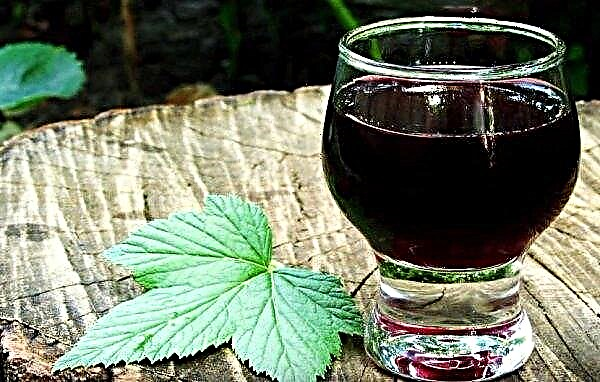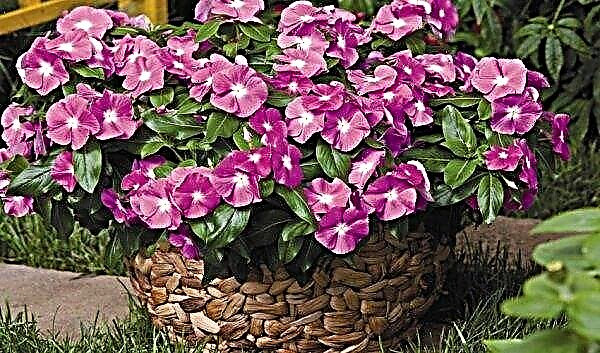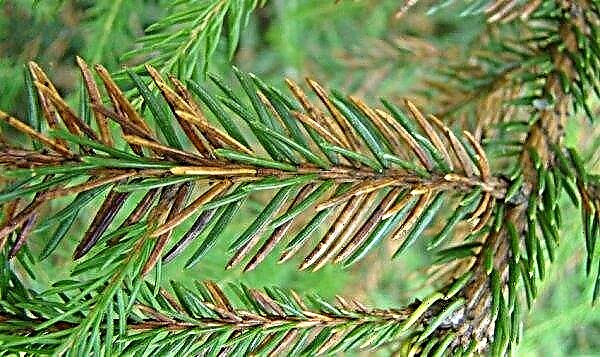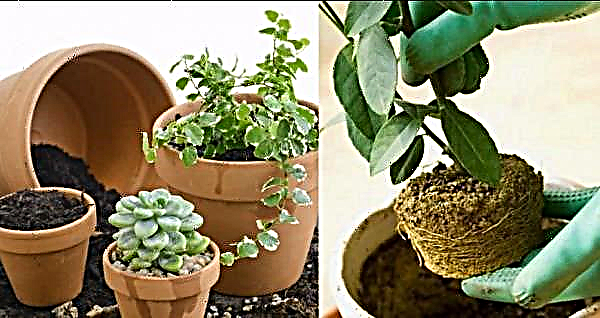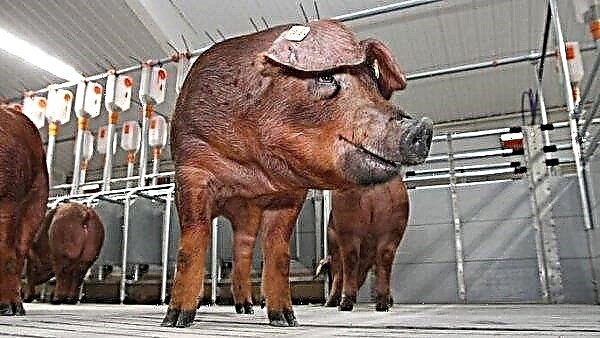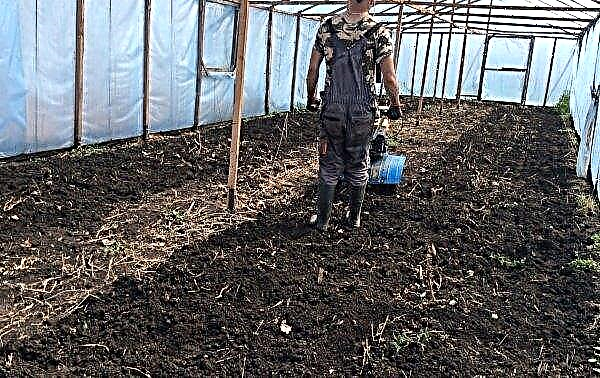In recent decades, a culture such as honeysuckle has begun to gain popularity not only as a type of ornamental shrub, but also as a source of valuable and tasty fruits. Thanks to the breeding work, many different plant varieties were bred that are more resistant to harsh northern conditions and bring a delicious harvest. One of these varieties is Morena, which we will talk about in this material.
Description of a variety of honeysuckle Morena
The honeysuckle of the Morena variety is rapidly gaining popularity in the north-west of Russia, being an unpretentious and resistant to low temperatures bush. For these qualities, the variety was very fond of domestic gardeners.
Selection history
Morena appeared in the early 90's. of the last century at the Pavlovsk experimental station VIR them. N. I. Vavilova. Scientists M.N.Plekhanova and A.V. Kondrikova were engaged in its breeding. By crossing elite forms of honeysuckle, they achieved the appearance of a variety that is ideally suited for the regions of Russia with severe weather conditions, which are characterized by cold winters and repeated frosts in spring. In 1995, Morena was officially recognized and entered into the State Register of selection achievements of the Russian Federation. In addition, Morena has a middle name - The Little Mermaid.
Did you know? Honeysuckle fruits are rich in large amounts of magnesium, which is extremely beneficial for the cardiovascular system. In addition, the fruits strengthen the walls of blood vessels and lower blood pressure.
Appearance, characteristics of berries, ripening time, yield
The adult bush has a beautiful hemispherical shape, which is why earlier honeysuckle was actively used as a decoration for gardens. The height of the moraine usually does not exceed 1.7 m, its diameter is 1.5–1.7 m. The moraine is not prone to thickening, its leaves are light green in color, have an elongated oval shape, slightly bent along the line of the central vein. Young shoots have a slightly curved shape and a brownish tint.
The jug-shaped berries of blue color have rather large sizes: length - 2.5–3 cm, diameter - 1.1–1.2 cm. The average weight ranges from 1.5–3 g. It has a sweet and sour taste and delicate pulp, they do not have a pronounced aroma. The chemical composition of fruits includes glucose (7.8%), solids (13.6%), acids (2.3%) and ascorbic acid (54 mg / 100 g).
The crop ripens quite early - in mid-June or early July. Fruiting continues until the end of September, and with good care, some bushes can bear fruit in the first half of October. But you do not need to wait for rich gatherings - on average, one bush gives 1.5 kg of berries (maximum - 3 kg).
Advantages and disadvantages of the variety
- Summarizing the description of Morena, it is possible to highlight the following advantages:
- frost resistance;
- unpretentiousness to the soil;
- delicious berries;
- beautiful decorative look;
- resistance to diseases and pests.
- Of the minuses, it is worth noting:
- low productivity;
- lack of self-fertilization.
Agricultural technology
Because of its unpretentiousness, honeysuckle is suitable for breeding to novice gardeners. Planting and caring for the plant are not particularly difficult.Important! The best place to plant honeysuckle is a slightly shaded area with diffused sunlight.
Seat selection
Morena can grow well even on poor soil with not the most favorable conditions. But for a better harvest, you should choose a site with good lighting and the absence of strong winds. It is better to choose a place away from the accumulation of underground groundwater, otherwise the root system of the plant may rot.
Landing and care
It is better to plant Morena in August-September or early spring, before the buds begin to appear and swell on the plants. For planting, it is advisable to use a two-three-year-old seedling and adhere to such an algorithm of work:
- Prepare a hole with a depth and diameter of about 50 cm. The distance between the bushes in the row should be maintained at 2 m, between the rows you need to leave the same amount of free space.
- In each pit, add 1 bucket of compost and humus, add 100 g of double superphosphate and 30 g of potassium sulfate.
- In the center of the pit, form a mound from the ground, set a seedling on it, and carefully spread its roots. Fill the pit with earth in such a way that the root neck of the seedling is deepened by about 3 cm.
- It is good to ram the soil around the seedling, pour it with a bucket of water and mulch.

It is necessary to water Morena only in dry and sunny weather, during the fruiting period, at the rate of 1–1.5 buckets of water per 1 bush. As for top dressing, in the first 3 years of the growth of the bush he needs enough fertilizers added during planting. After this period, the bushes are fed in the spring, before buds open, with ammonium nitrate at the rate of 15 g per 1 m² plot.
Pest and Disease Control
In terms of disease resistance, Morena's Kamchatka roots allow her not to be afraid of the vast majority of infections that regularly infect other plants. One of the few diseases that can plague a bush is rust. It appears as a result of insufficient watering or poor feeding.
In this case, Morena's bushes need to be sprayed with fungicides "Alto", "Topaz" or "Folikur". It is recommended that the treatment itself be carried out after harvesting or before ovaries begin to form on the bushes. Of the pests, Moren can be attacked by aphids, spider mites and whiteflies. To combat them, Aktellik and Rogor spray preparations are best suited.
Cropping and shaping the crown
In the first 4 years of ripening in terms of pruning, the Morena bush is extremely undesirable to touch. This can lead to stunted growth and poor crop yields. Honeysuckle is not prone to dense vegetation and takes its spherical shape independently, without the intervention of a gardener. After a 4-year period, it is recommended to carry out only sanitary pruning, removing old and diseased shoots and giving way to a new young shoot.
 In no case do not cut young branches! They are the basis for fruiting.
In no case do not cut young branches! They are the basis for fruiting.
Pollination Features
Large-fruited Morena does not have the ability to self-pollination, therefore, in the same area with it, other varieties of honeysuckle should be planted, which will become its pollinators. There are many such varieties: Blue Spindle, Amphora, Nymph, Blue Bird. For better pollination, they need to be planted on the windward side.
Frost resistance and wintering
Since honeysuckle itself is a frost-resistant crop, Morena in this regard does not require additional shelter for the winter. Even at a temperature of -30 ° C, you can not worry about the insulation of the bush.
Did you know? In folk medicine, all parts of the plant are used, not just the fruits. Honeysuckle is used to prevent and treat hypertension, with indigestion, malaria, bleeding, etc.
Harvesting and transportation of the crop, shelf life of berries
The Morena honeysuckle variety has a short harvest period, so if you see that its fruits have already ripened, then hurry up with their collection. Many gardeners spread a film under the bushes on which the berries are showered, making them easy to collect. As for transportation, the fruits of this variety do not tolerate transportation over long distances.

It is necessary to take into account the fact that the berries are not stored for long. They can be stored in the refrigerator for no longer than 2-3 days, which can not be said about the freezer: they can lie in it for several months without losing their taste and shape.
Large-fruited honeysuckle varieties Morena for a short period of its existence has already managed to get a lot of positive feedback from gardeners. It boasts large edible fruits, as well as unpretentiousness in care, which makes it one of the best varieties for beginners in horticulture.
Reviews
We started trying the first berries on May 7-8, and already on the 13th we gathered a full-fledged crop. The taste resembled an unripe plum. I could hardly feel the bitterness in a pair of berries. Nearby, "Blue Bird" is still green.

